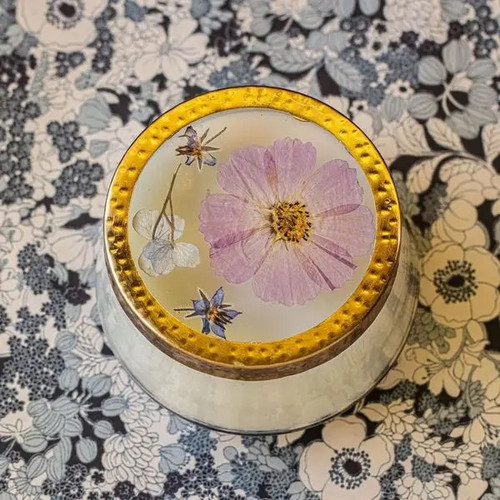Madagascar Bourbon Pure Vanilla Extract is produced from premium, hand-selected beans cultivated in Madagascar, the world’s leading supplier of the highest quality vanilla. Nielsen Massey's proprietary cold extraction process gently draws out and preserves the vanilla’s more than 300 flavor compounds, resulting in a flavor profile that’s full, sweet, creamy and mellow with velvety after-tones. Madagascar Bourbon Pure Vanilla Extract is the perfect all-purpose vanilla for its flavor and consistency in both hot and cold applications.
- Kosher Certified
- Gluten-Free Certified
- Non-GMO Project Verified
1 tablespoon vanilla extract = 1 whole vanilla bean = 1 tablespoon vanilla bean paste = 1 tablespoon vanilla powder
- Sweet ideas: cakes, cookies, ice cream, puddings, pastries, French toast, scones
- Savory ideas: seafood, sauces, soups, marinades
- Beverage ideas: hot chocolate, iced tea
- Other ideas: refrigerator/freezer deodorizer (cotton ball soaked in vanilla)
- Chef’s notes: This vanilla extract is extremely versatile, making it perfect in a wide range of recipes, from cooking to baking both sweet and savory dishes. Plus, it’s easy to use—just measure and add.
Located just east of the southern portion of Africa, the area known as the Bourbon Islands includes the islands of Réunion, Madagascar, Mauritius, Comoro and Seychelles. Hence, when we refer to Madagascar Bourbon, we’re referring to the region and not to the liquor.
Around 1793, a vanilla vine was smuggled from Mexico to the Bourbon Island of Réunion. For almost 50 years after its arrival at Réunion, the growth and production of vanilla was difficult. The vines grew successfully with beautiful blossoms but seldom resulted in vanilla pods. Without the Melipona bee, vanilla’s indigenous pollinator in Mexico, the flowers were only occasionally pollinated by local insects.
It wasn’t until 1836 that Charles Morren, a Belgian botanist, discovered the link between the bee and the plant’s pollination. In 1841, Edmond Albius of Réunion developed an efficient method for fertilizing vanilla flowers by hand.
Eventually, hand pollination was perfected on a commercial scale. Growers could choose the best flowers and properly space them out on the vine, resulting in a healthier and higher quality vanilla pod. Combined with the hot, humid climate and rich soil, hand pollination by the country’s skilled and patient farmers has enabled Madagascar to become the world’s top vanilla producer in both quantity and quality.
In Madagascar, the curing process is similar to that of Mexico with one slight difference; the farmers initiate the curing process by immersing the green vanilla beans in hot water for a short time. The farmers then store the beans in sweat boxes before beginning the routine of spreading beans in the sun and packing them away at night. This unique curing process, along with the rich soil and growing conditions, helps create the unique, rich, and highly complex flavor profile Madagascar vanilla is known for.








